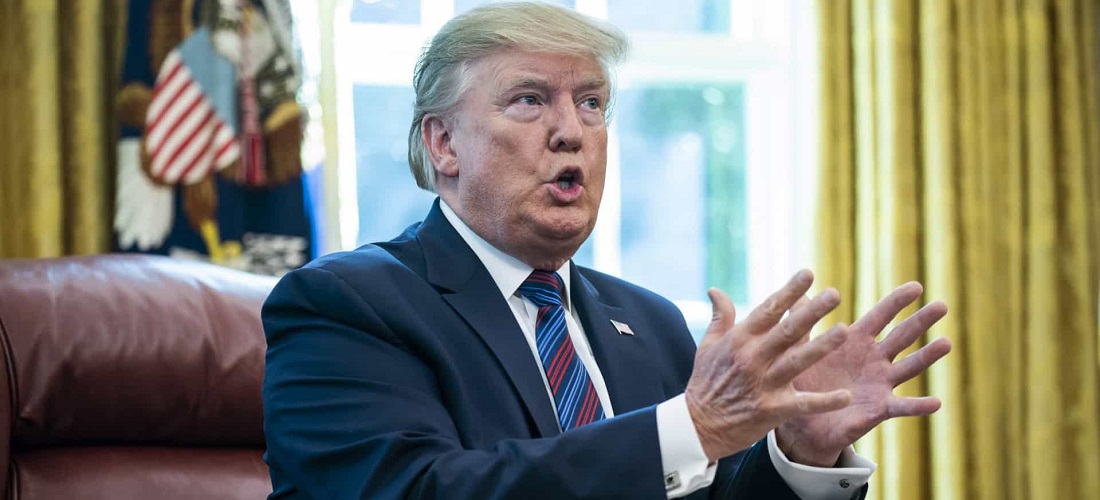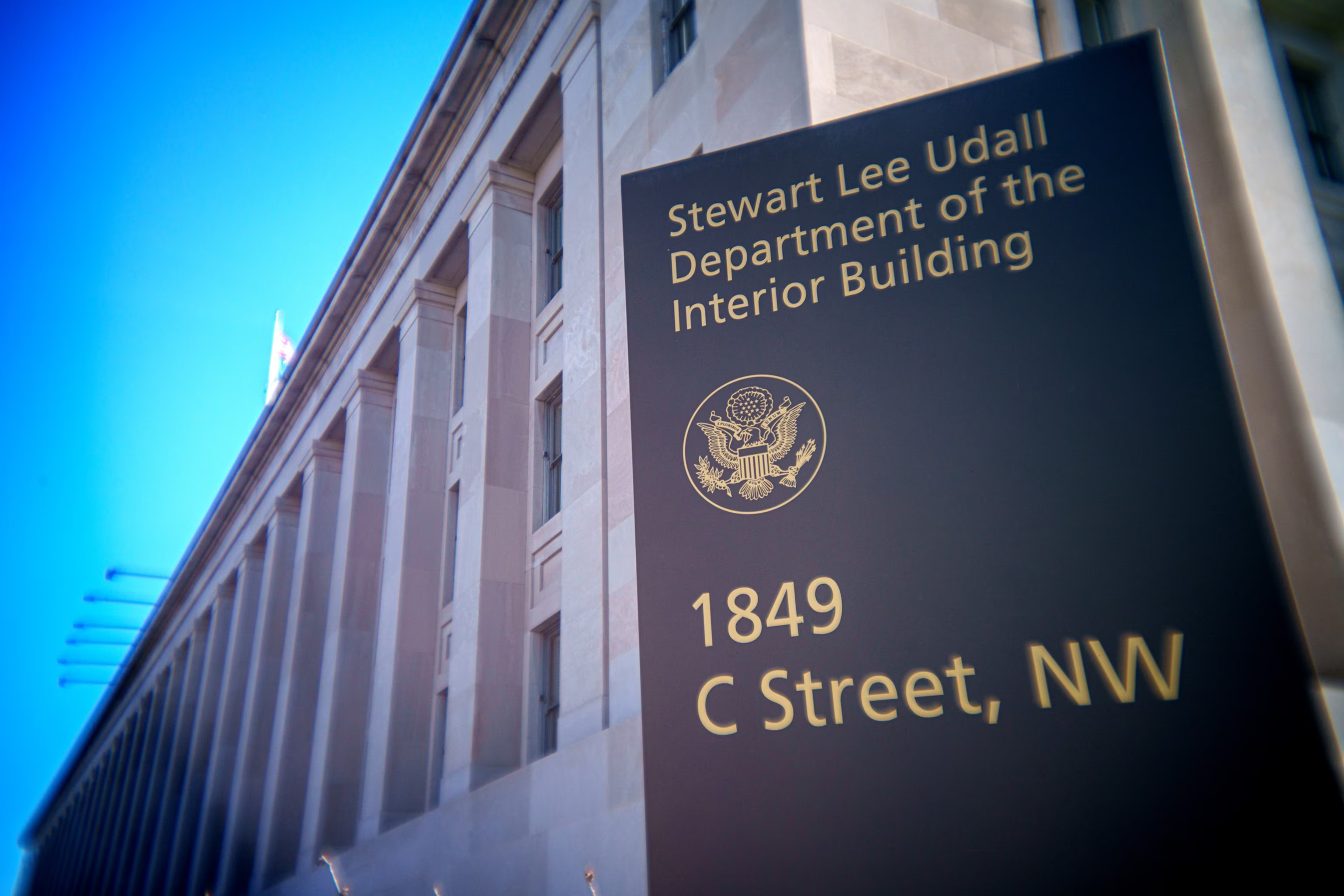A recent executive order signed by President Donald Trump aims to bring U.S. prescription drug prices closer to what other wealthy nations pay. This isn’t the first time this idea has been floated, but officials describe this version as more aggressive.
A New Approach to Pricing
The core mechanism involves directing the Health and Human Services Secretary, Robert F. Kennedy Jr., to work towards price-cutting goals. The clock is ticking, with a 30-day window to set these targets. The plan is to first negotiate with drug companies. If talks stall, the administration intends to implement a “most favored nation” model, capping U.S. prices at the lowest rates paid by other wealthy countries.
What’s particularly notable about this new order is its broad scope. Unlike previous iterations that focused mainly on Medicare, this policy is designed to target medications covered by Medicare, Medicaid, and private insurance.
Targeting Specific Medications
While no specific drugs have been officially singled out yet, officials have indicated that GLP-1s, a class of drugs popular for weight loss like Ozempic, Wegovy, and Zepbound, are likely candidates for price cuts. These medications have been in the spotlight recently, especially after a proposal for Medicare to cover weight loss drugs was rejected last month.
Broader Efforts and Challenges
Beyond the “most favored nation” model, the administration is also looking at other avenues. The Food and Drug Administration will explore expanding drug importation from countries beyond Canada, potentially opening up new supply routes for cheaper medications.
Additionally, the Department of Justice and the Federal Trade Commission are being tasked with investigating and acting against what are seen as “anti-competitive” actions by drug manufacturers that contribute to high prices.
The high cost of drugs in the U.S. is a well-documented issue. Despite having less than 5% of the world’s population, the U.S. accounts for nearly three-quarters of global pharmaceutical profits. Reports suggest Americans can pay up to 10 times more for medications than people in other similarly wealthy nations. It’s a significant cost burden for many.
The Road Ahead
Implementing such a wide-reaching policy isn’t without its hurdles. Experts in health policy anticipate significant pushback from the drug industry, likely involving legal challenges. There are also technical questions about how the administration plans to legally enforce price reductions for drugs covered by private insurance.
The ripple effects of a policy this ambitious are, as one expert put it, “far more uncertain.”
While the administration anticipates “action” and “relief very soon,” the path to achieving the lowest prices globally, as sometimes suggested, faces skepticism from experts. They note that very poor countries often receive significant humanitarian discounts that aren’t typically extended to wealthy nations.
There are also concerns about the potential immediate impact on pharmacies and clinics who might have purchased drugs at higher prices than the proposed new rates.
This new executive order operates alongside existing efforts, such as the Medicare drug pricing negotiations established by the Inflation Reduction Act. While the Biden administration’s negotiated prices are projected to save Medicare billions, officials behind the new order argue their approach aims for even more aggressive cuts, seeking to go “beyond what was achieved” previously.
This is a complex issue with many moving parts, from international pricing models to legal battles and market dynamics. Understanding these efforts is key to following the ongoing conversation about healthcare costs in the U.S.
Contact us today through our website or WhatsApp to discover how we can help you achieve success in the United States. Together, we can turn dreams into reality.
Information source: nbcnews.com



